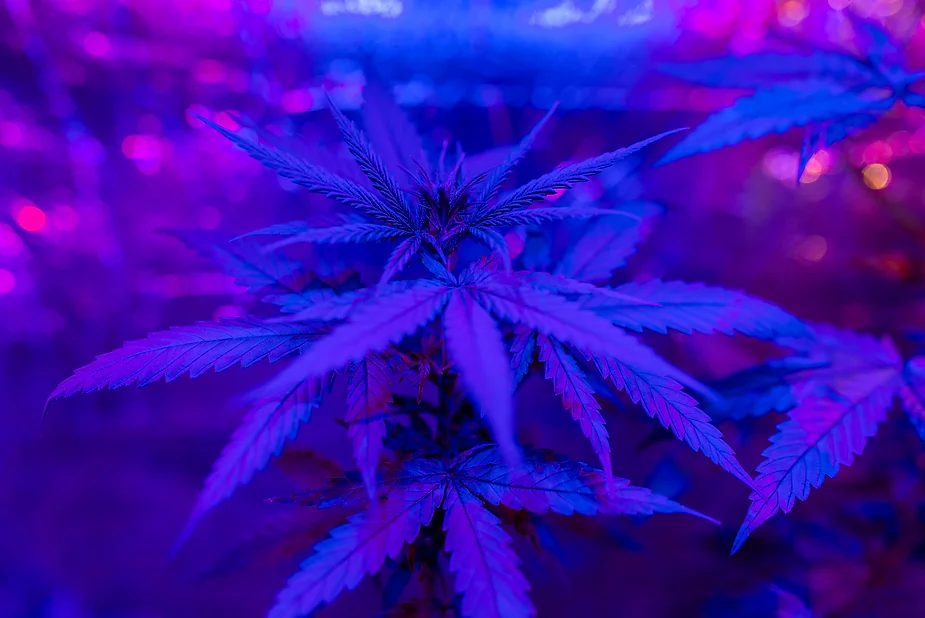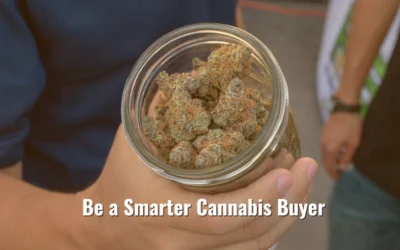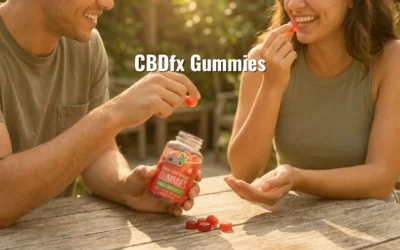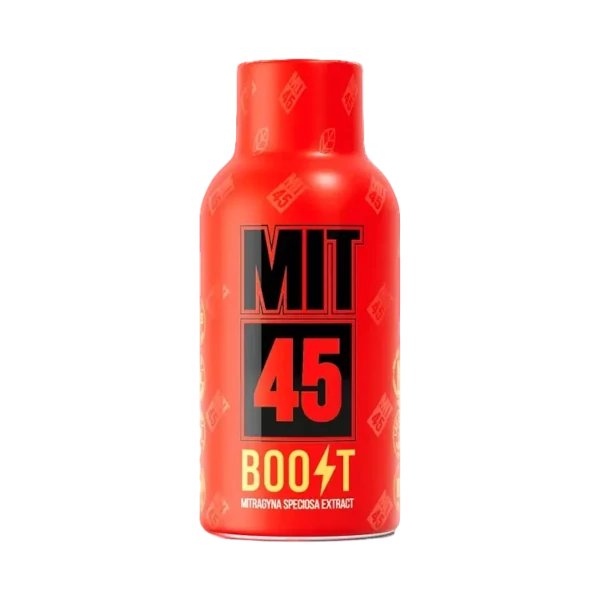
n their constant search for stronger and more intense experiences, many get obsessed with products with stuff such as “high potency” or “premium” on their labels. This pushes demand towards products with high-THC strains and concentrations as if they were better just because the percentage of THC is higher.
The problem is that the concentration of THC cannot really tell us much about the quality of the product. Going for stuff that’s over the legal limit in the hopes of experiencing something different, is like going to a bar and ordering the most unpalatable swill just because the ABV is over 10%. That’s not how any of this works.
In fact, a study performed in 2020 measured the impact of different concentrations of THC on groups of volunteers. They discovered that, although higher concentrations of THC (70%-90%) did elevate the presence of THC in blood samples, subjects didn’t experience any significant difference in terms of high or cognitive impairment when compared to those who were given lower concentrations (16%-24%). So, what gives?
It seems that the molecular composition of THC is a better indicator of its effects and strength. Many users are turning to THC products with different molecular arrangements in their quest for the ultimate high. And here is where it gets interesting.
See, cannabinoids are substances that interact with our endocannabinoid system, specifically with our CB1R and CB2R receptors. The Tetrahydrocannabinol molecule needs at least a 3-carbon sidechain or propyl chain to establish an effective bond with our receptors and induce a high.
That’s the case with regular THCV, which induces a minor, yet delightful, high, even in larger doses. The advantage of milder varieties is that they provide other health benefits with limited psychoactive or side effects.
However, scientists started looking for more THC components inside the plant that would show larger carbon chains. That’s how they stumbled upon Delta 9 THC, which has a 5-carbon sidechain or pentyl chain and allows for a more effective binding and stronger effect. However, this substance was soon heavily regulated because of its psychoactive potential.
Hemp producers soon discovered a variant of this pentyl molecule called Delta 8. While it still had the same 5-carbon chain, Delta 8 is much milder than Delta 9 THC and perfectly legal. The problem? Well, it does not get you as high as Delta 9.
People still want to get the most bang for their buck, so hemp growers doubled their efforts to unlock even more cannabinoid molecules inside this marvelous plant.
That’s how they found two molecules with longer carbon chains.
THCh: Tetrahydrocannabihexol showed a 6-carbon chain or hexyl that would increase the effects of the high by up to 10 times when compared to your regular THC. So, with a lower THC concentration, the user can theoretically experience effects closely resembling Delta 9 varieties.
THCjd: This is the newest addition to the THC family. Discovered recently, it started to gain traction this year because of its alleged strength. THCjd has the longest carbon chain with an 8-carbon or octyl atom chain, increasing its binding properties and effect on our bodies.
According to some reports, THCjd is 19 times stronger than Delta 9. However, no studies have been done to back these assertions yet. However, some frequently asked questions have found their answers.
Where is THCjd found?
THCjd is a phytocannabinoid. It means it is found in cannabis plants and occurs naturally, unlike synthetic varieties. However, the concentration of this component is extremely small. It is said that only 1% of a plant’s cannabinoid profile can be considered THCjd.
This poses a problem for producers who want to offer their discerning clientele more potent versions of hemp derivatives. The only way to elaborate cost-effective THCjd products is through isomerization, a process that can convert CBD into THCjd.
Is THCjd legal?
It depends. Current law allows for hemp products that contain less than 3% THC. That being said, the FAA can treat substances that are “substantially similar” to other controlled substances as Schedule I or Schedule 2 chemicals.
As of this moment, THCjd has a legal status that falls under a gray area. However, as more information about this new discovery emerges, governments will be forced to take a stance either way. Hopefully, the growing support for hemp-based products will allow producers to come out with safe, high-quality THCjd products.
What are the benefits of THCjd?
As mentioned before, there are no studies that address the effects of this newly discovered component. However, it is perfectly safe to assume it provides the same benefit as other similar cannabinoids, such as THC and Delta 8.
Reports have pointed out the importance of terpenes and a phenomenon known as the “entourage effect.” Terpenes are aromatic compounds found all over the plant kingdom. There are more than 30,000 terpene compounds in nature, and cannabis plants contain many of them in various combinations.
Some of these terpenes work in synergy with CBD and THC compounds producing varied effects. Other terpenes are known to dampen the high or make it milder. Since there are about 200 of these working together at any given time, the effects will be different for everyone, hence the term “entourage.”
So, while the THC concentration or strength impacts the product’s benefits and side effects, one must take terpenes into account when evaluating the quality of a strain.
If you want to know more about how cannabinoid concentration and composition affect your experience or have questions regarding our products, do not hesitate to contact us.




